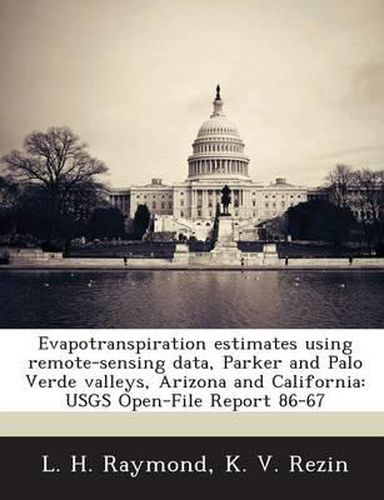Readings Newsletter
Become a Readings Member to make your shopping experience even easier.
Sign in or sign up for free!
You’re not far away from qualifying for FREE standard shipping within Australia
You’ve qualified for FREE standard shipping within Australia
The cart is loading…






In 1981 the U.S. Geological Survey established an experimental project to assess the possible and practical use of remote sensing data to estimate evapotranspiration as an approximation of consumptive use in the lower Colorado River flood plain. The project area was in Parker Valley, Arizona. The approach selected was to measure the areas covered by each type of vegetation using remote sensing data in various types of analyses and to multiply each area by a predetermined water use rate. Two calibration and six remote sensing methods of classifying crop types were compared for cost, accuracy, consistency, and labor requirements. Included were one method each for field reconnaissance using 1982 data, low altitude (
$9.00 standard shipping within Australia
FREE standard shipping within Australia for orders over $100.00
Express & International shipping calculated at checkout
In 1981 the U.S. Geological Survey established an experimental project to assess the possible and practical use of remote sensing data to estimate evapotranspiration as an approximation of consumptive use in the lower Colorado River flood plain. The project area was in Parker Valley, Arizona. The approach selected was to measure the areas covered by each type of vegetation using remote sensing data in various types of analyses and to multiply each area by a predetermined water use rate. Two calibration and six remote sensing methods of classifying crop types were compared for cost, accuracy, consistency, and labor requirements. Included were one method each for field reconnaissance using 1982 data, low altitude (